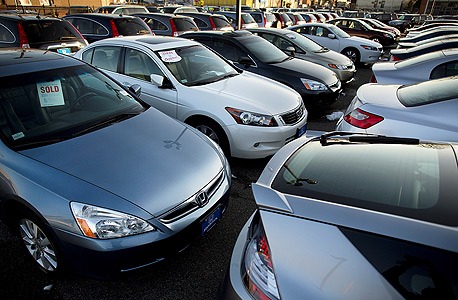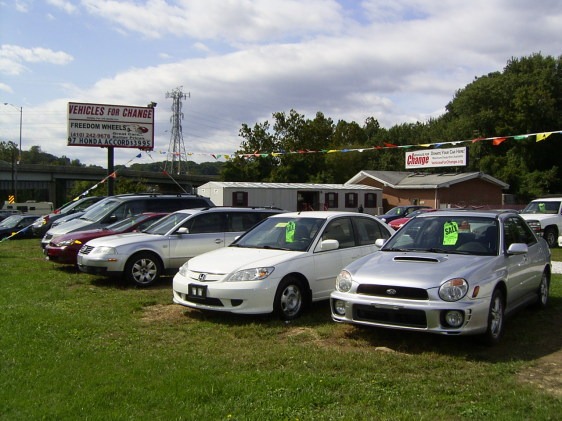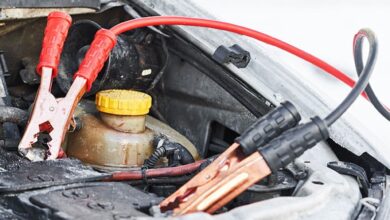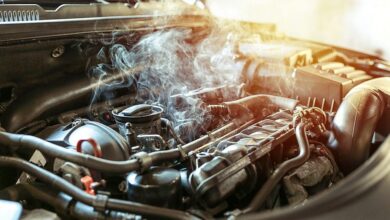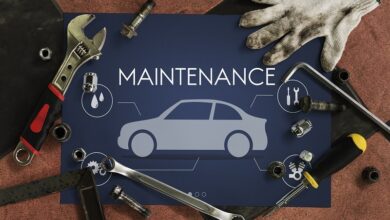How to Choose a Reputable Used Car: A Comprehensive Guide
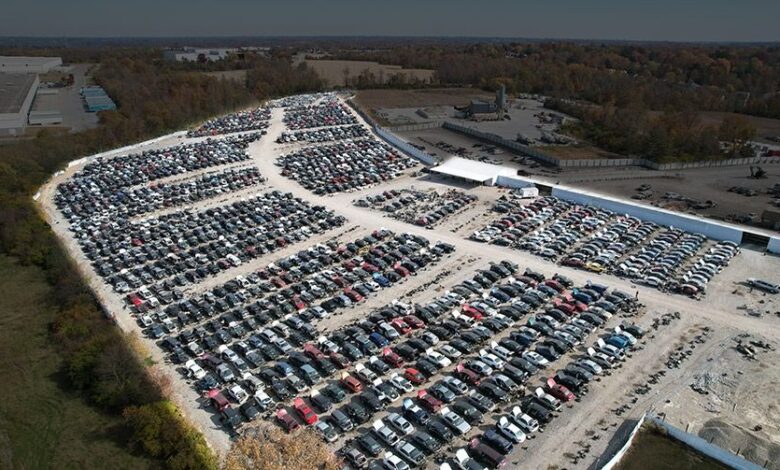
Selecting a reputable used car requires a thoughtful and systematic approach to ensure that you make a purchase that aligns with both your needs and budget. In this comprehensive guide, we will walk you through the essential steps and considerations involved in choosing a dependable used car.
The journey begins with research, as we explore the factors that determine the reliability and longevity of a used vehicle. From understanding the vehicle history report to assessing the overall condition, we will equip you with the knowledge to make informed decisions. Additionally, we’ll delve into the importance of setting a realistic budget, considering your preferences, and exploring financing options.
As we progress, the guide will touch upon the significance of test drives, inspections, and negotiations when dealing with used cars. We’ll provide tips on how to identify potential red flags and navigate the negotiation process to secure a fair deal. Moreover, we’ll discuss the benefits of buying from reputable dealerships and explore alternative sources, such as private sellers.
By the end of this guide, you’ll have a comprehensive toolkit to guide you through the intricate process of choosing a reputable used car. Armed with knowledge and a discerning eye, you’ll be better prepared to find a reliable and cost-effective vehicle that suits your lifestyle and stands the test of time. Let’s embark on the journey to uncover the secrets of successful used car shopping.

Contents
Researching Makes and Models
Before embarking on your used car search, it’s crucial to conduct thorough research on different makes and models. This research will help you identify vehicles known for their reliability and performance. Here are a few key points to consider:
Reliability:
Look for reliable makes and models that have a good track record in terms of durability and longevity. Online resources such as consumer reports, forums, and automotive review websites can provide valuable insights into the reliability of various vehicles.
Maintenance and Repair Costs:
Consider the potential maintenance and repair costs associated with different makes and models. Some vehicles may require more frequent servicing or have expensive parts, which can impact your budget in the long run.
Fuel Efficiency:
Evaluate the fuel efficiency of various makes and models, especially if you have a specific budget or environmental concerns. Opting for a fuel-efficient used car will not only save you money on fuel costs but also reduce your carbon footprint.
See more: Distinguishing Between Hatchbacks and Sedans: Advantages and Disadvantages
Setting a Budget
Once you have an idea of the makes and models that align with your needs, it’s time to set a budget. Consider the following factors when determining how much you’re willing to spend on a used car:
Purchase Price:
Decide on the maximum amount you’re willing to pay for a used car. This figure should be realistic and within your financial means. Remember to account for additional expenses such as taxes, registration fees, and insurance costs.
Financing Options:
If you plan on financing your used car purchase, explore different financing options available to you. Compare interest rates and loan terms from various lenders to secure the most favorable deal.
Ownership Costs:
Consider the ongoing costs of owning a used car, such as insurance premiums, fuel expenses, maintenance, and repairs. These costs can vary depending on the make, model, and age of the vehicle.
Inspecting the Vehicle’s Condition
Once you’ve narrowed down your options and found a potential used car, it’s essential to thoroughly inspect its condition. Here are some critical areas to examine:
Exterior Inspection:
Inspect the vehicle’s exterior for signs of damage, rust, or mismatched paint. Look for any indications of previous accidents or repairs. Ensure that all lights, including headlights, taillights, and turn signals, are functioning correctly.
Interior Inspection:
Check the interior of the car for any signs of wear and tear or damage. Pay attention to the condition of seats, carpets, dashboard, and electronics. Test all buttons, switches, and controls to ensure they are in proper working order.
Mechanical Inspection:
If possible, have a trusted mechanic conduct a thorough mechanical inspection of the vehicle. They can identify any underlying issues that may not be immediately apparent. Focus on checking the engine, transmission, brakes, suspension, and exhaust system.
Test Drive:
Always take the used car for a test drive before making a purchase decision. Pay attention to how the vehicle handles, accelerates, and brakes. Listen for any unusual noises or vibrations while driving. Use this opportunity to assess the overall comfort and suitability of the vehicle for your needs.
Vehicle History Report
Obtaining a vehicle history report is crucial when considering a used car purchase. These reports provide valuable information about the vehicle’s past, including accidents, title status, odometer readings, and maintenance records. Here’s how to obtain a comprehensive vehicle history report:
VIN Check:
Obtain the Vehicle Identification Number (VIN) from the seller or the vehicle itself. Perform a VIN check using reputable online services that provide detailed vehicle history reports. Look for any red flags or inconsistencies that might indicate potential problems.
Service Records:
Review the vehicle’s service records to determine if it has been regularly maintained and serviced at reputable establishments. A well-documented service history is indicative of responsible ownership and care.
Obtaining a Pre-Purchase Inspection
To ensure you’re making a sound investment, consider obtaining a pre-purchase inspection from a trusted mechanic or inspection service. This inspection goes beyond the standard visual examination and provides an in-depth analysis of the vehicle’s condition. Here’s what to expect from a pre-purchase inspection:
Comprehensive Examination:
A pre-purchase inspection typically involves examining all major components of the vehicle, including the engine, transmission, electrical systems, suspension, brakes, and exhaust system. The inspector will look for any signs of wear, damage, or potential issues.
Diagnostic Tests:
The inspector may perform diagnostic tests using specialized equipment to identify any hidden problems or malfunctions. These tests can detect issues with the engine performance, emissions system, or electronic components.
Written Report:
After completing the inspection, the mechanic or inspection service will provide you with a written report detailing their findings. This report will help you make an informed decision about whether to proceed with the purchase or negotiate repairs or price adjustments if necessary.
Roadmap to Reliability: A Comprehensive Guide on Choosing a Reputable Used Car
Choosing a reputable used car requires careful consideration and thorough research. By researching makes and models, setting a budget, inspecting the vehicle’s condition, obtaining a vehicle history report, and obtaining a pre-purchase inspection, you can increase your chances of finding a reliable used car that meets your needs. Remember to take your time throughout the process and trust your instincts when making a final decision. Happy car hunting!
See more at: Topcarr









